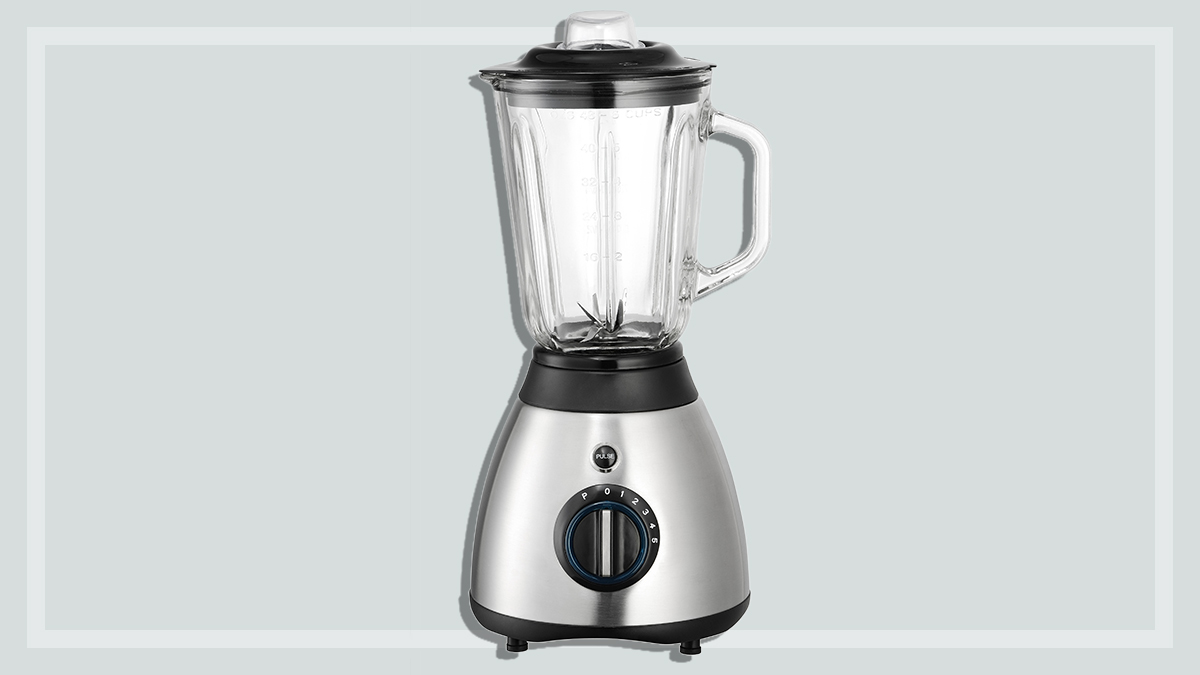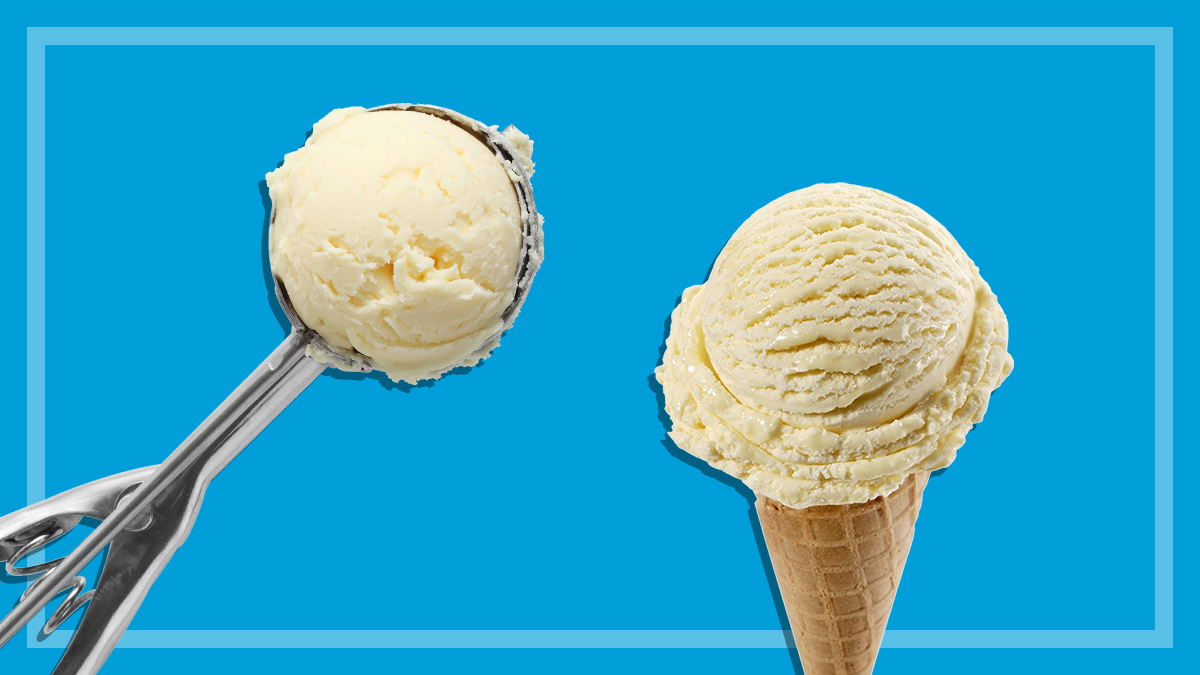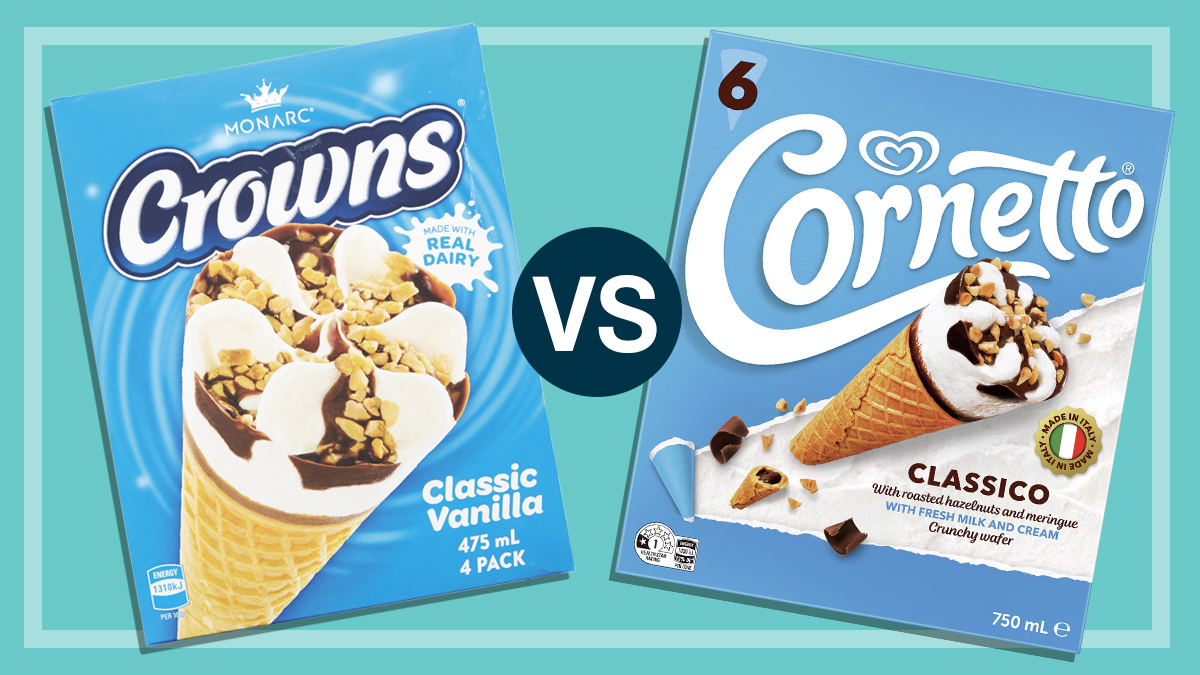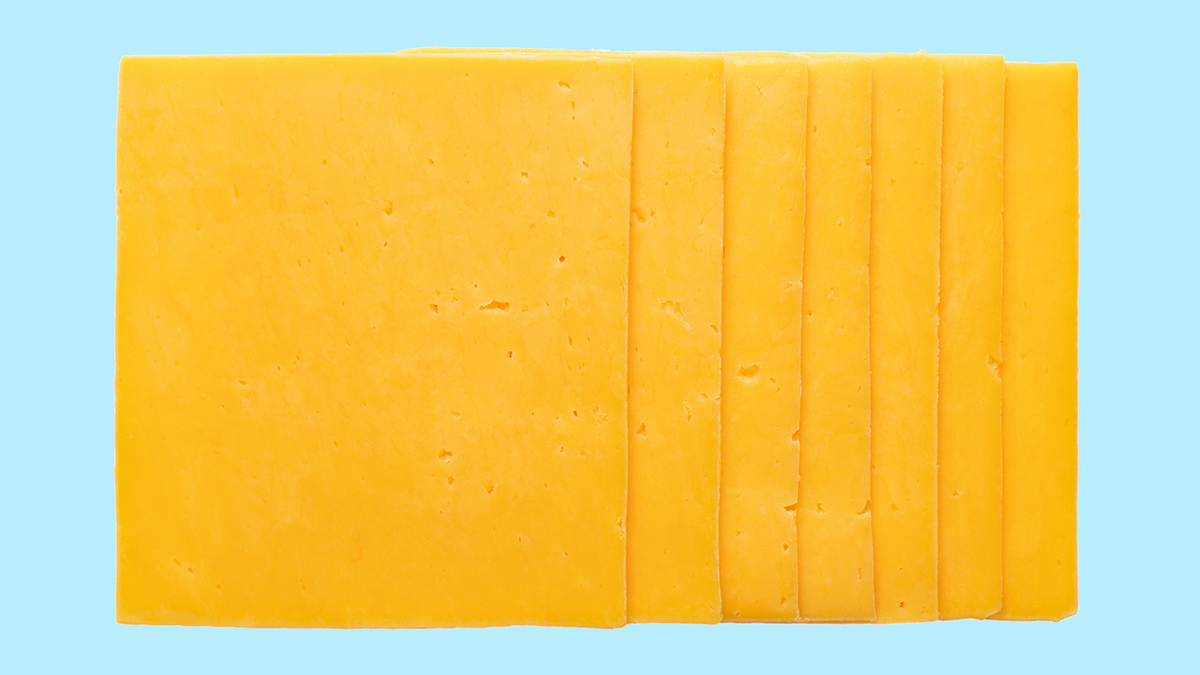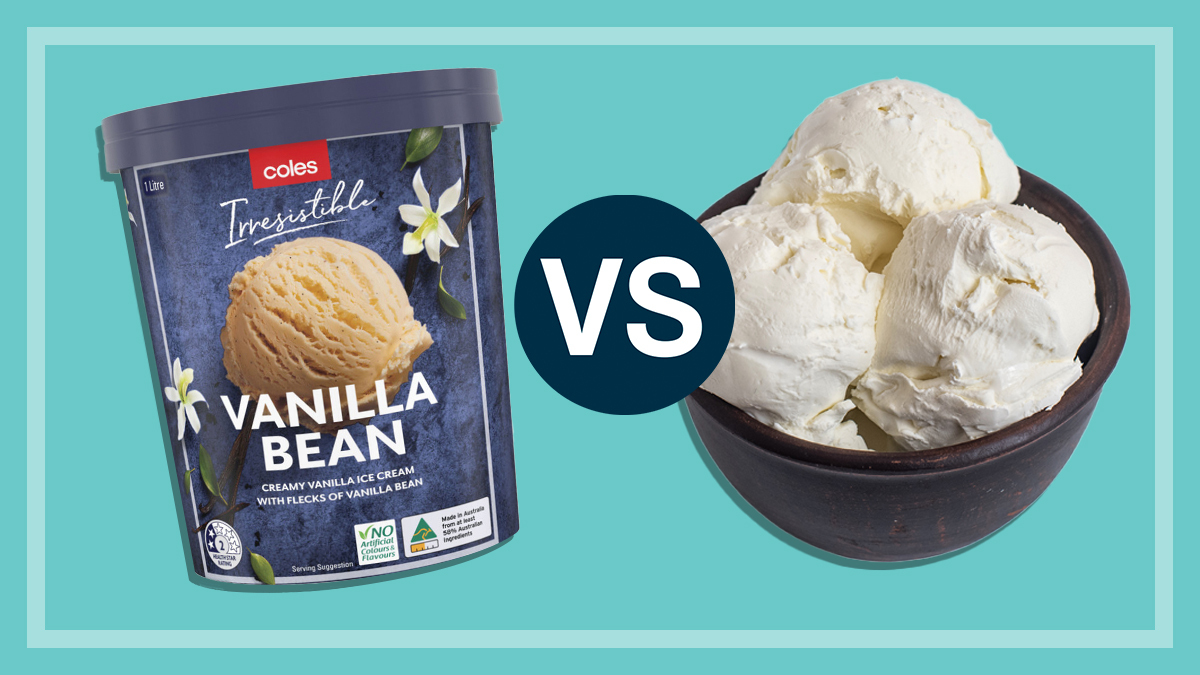Get our independent lab tests, expert reviews and honest advice.
Is oat milk good for you?
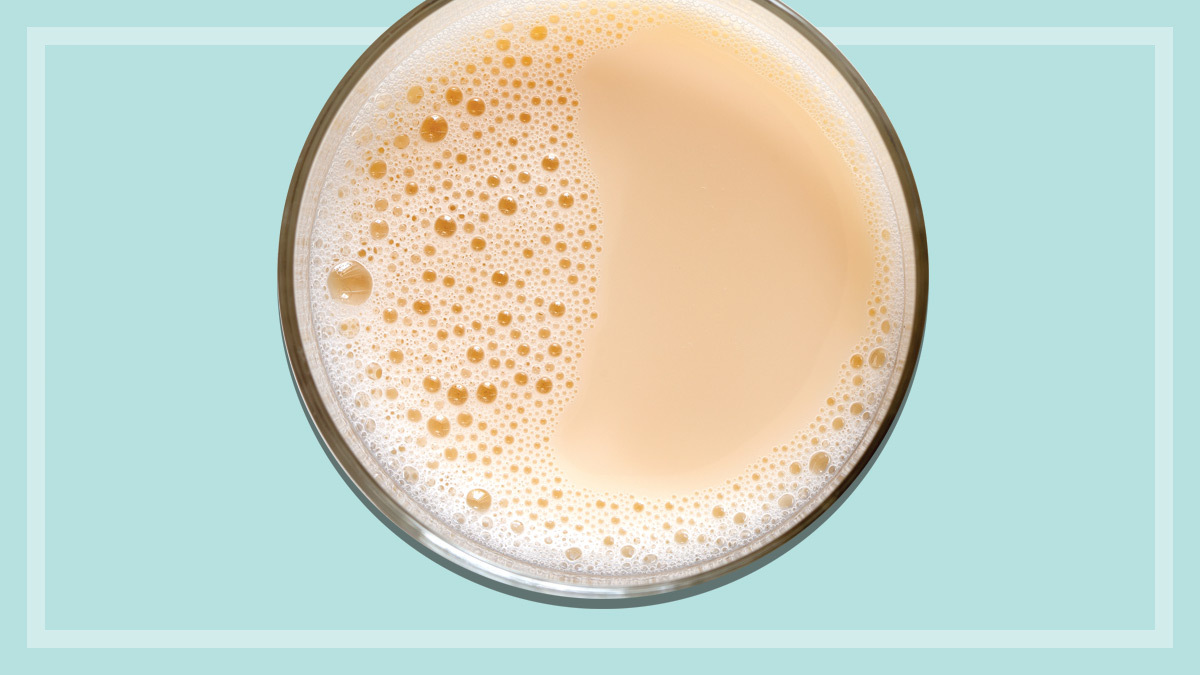
Need to know
- Oat milk is a tasty and versatile plant-based milk alternative
- It's dairy-free, so it's an option for people who are vegan, allergic to milk or lactose-intolerant
- It's not as nutritious as cow's milk, and isn't suitable as a complete cow's milk substitute for children under five years of age
On this page:
It’s the vegan milk alternative du jour. In the US, oat milk has surpassed almond milk as the fastest-growing dairy alternative, and Australians’ interest in oat milk has increased roughly ten-fold over the past five years, according to Google Trends. And while soy and almond milk still dominate the category here, the grocery value of oat milk continues to rise.
So what actually is oat milk, how is it made, and is it good for you? We look at its pros and cons, and compare oat milk products from Chobani, Minor Figures, Oatly, Vitasoy and more.
What is oat milk?
Oat milk is a plant-based, vegan-friendly drink that – in its most basic form – is made by blending together oats and water and straining off the liquid.
You can use it for anything from fruit smoothies to baking, so it can make for a versatile alternative to cow’s milk if you’re vegan, allergic to milk, or lactose-intolerant. You might also simply prefer the taste.
But it’s not always suitable as a direct substitute for cow’s milk. And some store-bought oat milk products are better for you than others.
See our recipe for homemade oat milk.
We preparing this comparison, we looked at 24 different oat milk alternatives available in supermarkets:
- Australia’s Own Barista Oat
- Bickford’s Barista Oat Milk
- Califia Farms Oat Barista Blend
- Chobani Oat Plain Barista Edition
- Coles Organic Oat Milk Unsweetened
- Inside Out Milkish Oat
- Inside Out Oat Milk Unsweetened
- Minor Figures Barista Oat
- Minor Figures Barista Oat (Light)
- Minor Figures Barista Oat (Organic)
- Oatly Oat Milk Barista Edition
- Oatly Oat Milk The Original
- Oatly Organic Oat Milk
- Pureharvest Organic Oat Unsweetened
- Sanitarium So Good Barista Oat
- Sanitarium So Good Oat No Added Sugar
- Uncle Tobys Oat & Almond Milk
- Uncle Tobys Oat Milk
- Uncle Tobys Oat Milk Barista Style
- Vitasoy Oat Milk Home Barista
- Vitasoy Oat Milk Unsweetened
- Vitasoy Oat Milky
- Vitasoy Oat Protein +
- Vitasoy Prebiotic Oat Milk
Is oat milk good for you?
Oat milk is not as good for you as the healthy-sounding claims on the label would have you believe – especially compared to cow’s milk. It is, however, lactose-free, low in saturated fat, cholesterol-free and it contains beta-glucan, a type of soluble fibre found in oats.
Oat milk vs cow’s milk
There’s a reason why the nutrient profile of cow’s milk sets the bar as the gold standard for milk drinks. Nicole Dynan, accredited practising dietitian (APD) and owner and director of The Good Nutrition Co explains.
“Cow’s milk provides 8g of protein per cup – about 60% of the recommended dietary allowance (RDA) for toddlers and 40% of the RDA for children. In addition, the quality of cow’s milk proteins is high – 20% whey and 80% casein – both of which contain all nine essential amino acids.
“Cow’s milk is also a good source of other nutrients including calcium, iodine and a range of vitamins,” she adds.
The nutritional credentials of oat milk aren’t quite so impressive.
Protein and calcium
Tania Ferraretto, APD, says, “Oat milk contains less protein than cow’s milk. Oat milk is also naturally low in calcium, although some brands fortify their oat milk.”
If you eat dairy, or regularly include other good sources of protein and calcium in your diet, then this isn’t an issue. But for people needing a cow’s milk replacement – such as infants and children who are allergic – oat milk isn’t a nutritionally adequate substitute.
Catherine Saxelby, accredited nutritionist with Foodwatch (who refers to plant-based milk as ‘mylk’, with a ‘y’, so as to distinguish it from mammalian milk from cows, goats etc.) is of the opinion that it should be called oat water, not oat milk, as it sports only about 10% oats on average.
“Unless it’s fortified, it’s definitely not for any calcium-requiring teens in your household,” she says.
Fat
Oat milk is lower in fat and saturated fat than cow’s milk, and this can be a selling point for those looking to reduce their fat intake.
But it’s one of the key reasons why oat milk – or indeed reduced-fat cow’s milk and other plant-based milk alternatives – isn’t suitable as the main milk drink for young children, as they need the fat to help meet their energy requirements for healthy development.
Fibre
Fibre content is one area where oat milk trumps cow’s milk nutritionally, and certainly oats are known for being a good source of heart-healthy soluble fibre beta-glucan. So is it truly a perk?
Increasing your beta-glucan intake can certainly be beneficial. Dynan cites a study in men which found that drinking about three cups of oat milk daily over five weeks reduced total blood cholesterol by 3% and “bad” LDL cholesterol by 5%. Another study observed that, on average, consuming 3g of oat beta-glucans daily lowered “bad” LDL blood cholesterol by 5–7%.
“Beta-glucan may also help increase feelings of fullness and lower blood sugar levels after a meal,” she says.
Ferraretto says: “Some oat milks do provide beta-glucan, a fibre which can help lower blood cholesterol and glucose levels.”
“However, there are other dietary sources of beta-glucan, including rolled oats, oat bran and barley,” she continues.
Saxelby agrees. “If it’s beta-glucan you’re after, you’re better off eating more rolled oats – porridge for breakfast, for example – or using oats or oat bran more in baking.”
Sugar
All of the commercial oat milks we looked at did not contain added sugar (although you can get flavoured varieties that do). That said, oat milk is a naturally sweet drink – it contains up to double the carbohydrates of cow’s milk – which some people might find appealing.
“It has a light, semi-sweet taste, so substitutes well for low-fat or skim milk,” says Saxelby.
Choosing oat milk
If you’re considering oat milk as a replacement for cow’s milk, and not just as a tasty drink, these are our top tips.
- Don’t use it as a complete cow’s milk substitute for children under five years of age – it’s not as nutritious.
- Avoid it if you’re gluten intolerant – it’s not gluten-free.
- Choose a product that’s calcium-fortified. Check the nutrition information panel for products with 120mg calcium per 100mL (the same amount that’s in reduced-fat cow’s milk).
- If you’re lactose intolerant, allergic to dairy milk, or follow a vegan diet, consult with an APD to ensure you’re making the right choice of milk substitute.
Barista oat milk
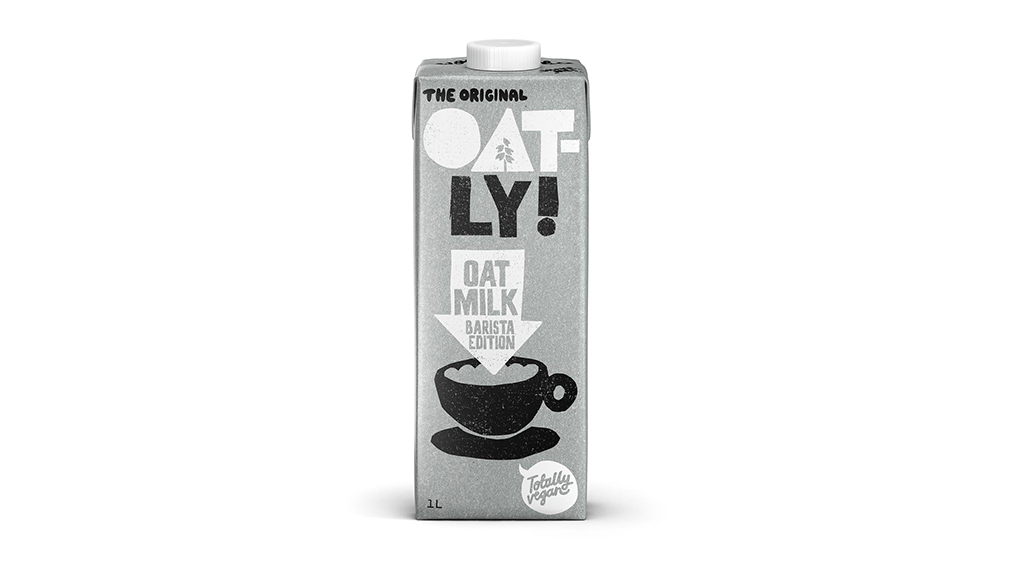
Oat milk is increasingly being used for making coffee, and baristas are reportedly embracing it – perhaps because its flavour isn’t as dominant (or polarising) as that of soy or almond milk. As one industry source says, “It’s the first non-dairy milk that strikes a harmonious balance with coffee”.
It’s perhaps not surprising that half of the oat milk alternatives we found on supermarket shelves are described as “barista style” or “barista quality”.
Barista versions often cost more than regular oat milks. But do they produce better results for your espresso coffee?
Oatly Oat Milk Barista Edition, for example, claims to be “fully foamable putting you in total control over the density and performance of your foam so you can showcase your latte art skillz”.
For fun, we put Oatly Oat Milk Barista Edition and Oatly Oat Milk Original to the test, and included cow’s milk for comparison.
We poured samples of the three different milks into coded stainless steel jugs, and a CHOICE test officer (who’s also a trained barista), made us three cups of coffee and gave feedback (without the benefit of knowing which sample was which).
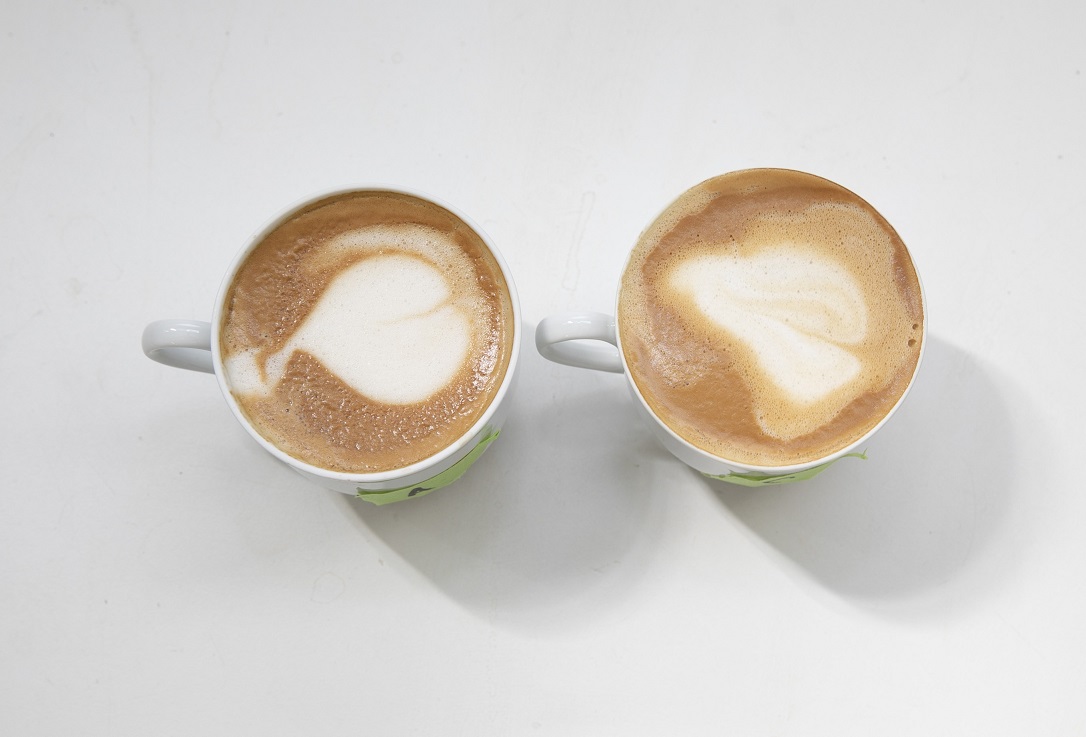
About the barista oat milk, he told us, “It’s obvious from the darker colour that this sample isn’t cow’s milk. It handles well, but the fine bubbles dissipate faster than in cow’s milk, leaving behind a more airy, open foam.”
About the original oat milk, he said, “Again, I can tell by its appearance that this sample isn’t cow’s milk. It’s faster to heat than the other oat milk sample, however, when the foam hits the coffee it spreads quickly and doesn’t hold its pouring pattern as nicely.”
Supermarket barista oat milk alternatives compared
Listed in rank order from cheapest to most expensive.
- Sanitarium So Good Barista Oat – $4 per litre, 120mg calcium per 100mL.
- Vitasoy Oat Milk Home Barista – $4 per litre, 80mg calcium per 100mL.
- Australia’s Own Barista Oat – $4.50 per litre, 4mg calcium per 100mL.
- Uncle Tobys Oat Milk Barista Style – $4.50 per litre, 120mg calcium per 100mL.
- Chobani Oat Plain Barista Edition – $4.86 per litre, 120mg calcium per 100mL.
- Inside Out Milkish Oat – $4.80 per litre, 160mg calcium per 100mL.
- Minor Figures Barista Oat – $4.80 per litre, 120mg calcium per 100mL.
- Minor Figures Barista Oat (Light) – $4.80 per litre, 120mg calcium per 100mL.
- Oatly Oat Milk Barista Edition – $4.80 per litre, 120mg calcium per 100mL.
- Califia Farms Oat Barista Blend – $4.90 per litre, 104mg calcium per 100mL.
- Minor Figures Barista Oat (Organic) – $4.90 per litre, 120mg calcium per 100mL.
- Bickford’s Barista Oat Milk – $6 per litre, 82mg calcium per 100mL.
How to make oat milk
How to make oat milk
With just two ingredients and minimal equipment you can make your own oat milk at home using this simple recipe from CHOICE home economist Fiona Mair.
Oat milk recipe
Ingredients
- 1 cup rolled oats
- 4 cups water (1L)
Method
- Place oats and water into a blender jug and blend for about 35 seconds.
- Lay a cloth such as a new Chux over a fine sieve sitting in a bowl or jug, pour in the blended liquid and allow to drip through until liquid flow slows.
- Picking up all corners of the cloth and securing the contents, gently squeeze by hand to extract the remaining liquid.
- Cover the bowl or jug and chill before serving.
Makes: 800mL (approx.)
Tips
- For best results use a high-performance blender.
- Don’t blend for more than 40 seconds as the liquid will become slimy (too much starch is released, which results in a gummy, gluey texture).
- For additional sweetness and flavour include two pitted dates and/or one teaspoon of vanilla extract before processing.
- Keep refrigerated and shake before serving.
- Use within 2–3 days. You can tell it’s past its use-by date when it smells sour and becomes slimy.
- Use leftover oat pulp in biscuits, cakes or muffins.
Cheapest oat milk
Assuming you use supermarket-brand rolled oats – and that you already have a high-performance blender, a fine sieve and a stockpile of new Chux cloths at home – our homemade oat milk costs about 20 cents a litre to make (potentially less if you buy your oats in bulk from wholefood stores).
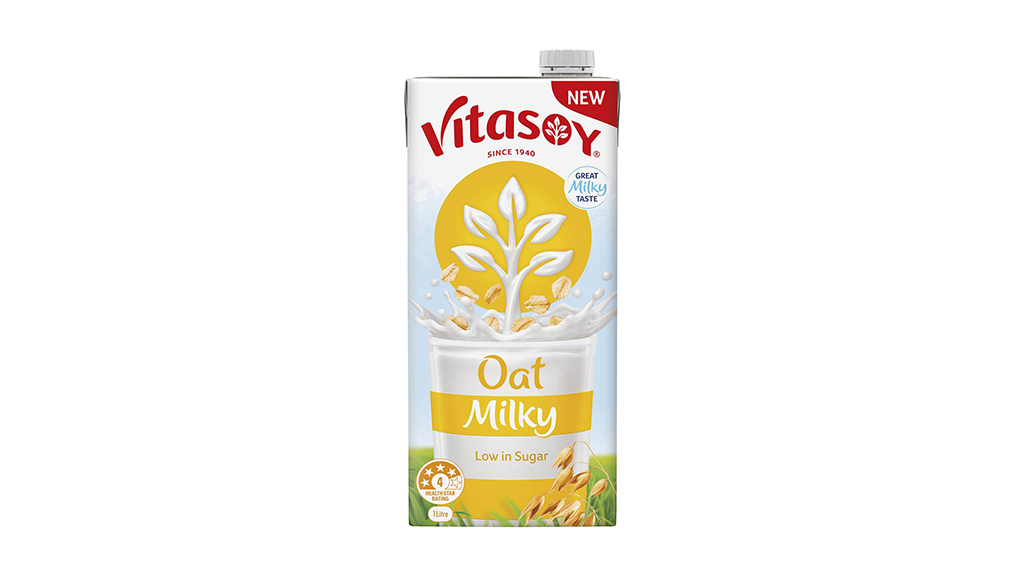
This is significantly cheaper than the $2.80–$2.90 a litre it costs to buy popular oat milk brands Pureharvest and Vitasoy.
But before you ditch store-bought for homemade, there are a few points you might want to consider.
- If you use other brands or organic versions of oats, your homemade oat milk will cost more (although still not as much as store-bought).
- Arguably commercial products are more convenient, many with a long best-before date, so you can buy in bulk and store for later use.
- Many store-bought options are fortified with calcium, so can be a better option – particularly if you’re using oat milk as a cow’s milk replacement rather than an occasional alternative.
10 cheapest supermarket oat milk alternatives
Listed in rank order from cheapest to most expensive.
- Coles Organic Oat Milk Unsweetened – $2.50 per litre, 116mg calcium per 100mL.
- Vitasoy Oat Milky – $2.70 per litre, 120mg calcium per 100mL.
- Pureharvest Organic Oat Unsweetened – $2.80 per litre, 120mg calcium per 100mL.
- Vitasoy Oat Milk Unsweetened – $2.90 per litre, 120mg calcium per 100mL.
- Sanitarium So Good Oat No Added Sugar – $3.50 per litre, 120mg calcium per 100mL.
- Vitasoy Prebiotic Oat Milk – $3.60 per litre, 120mg calcium per 100mL.
- Uncle Tobys Oat & Almond Milk – $3.80 per litre, 120mg calcium per 100mL.
- Uncle Tobys Oat Milk – $3.80 per litre, 120mg calcium per 100mL.
- Inside Out Oat Milk Unsweetened – $3.90 per litre, 80mg calcium per 100mL.
- Sanitarium So Good Barista Oat – $4 per litre, 120mg calcium per 100mL.

